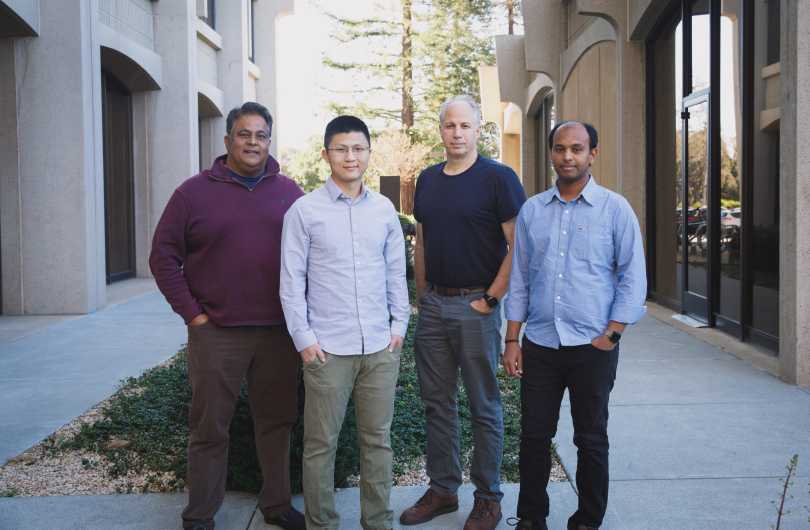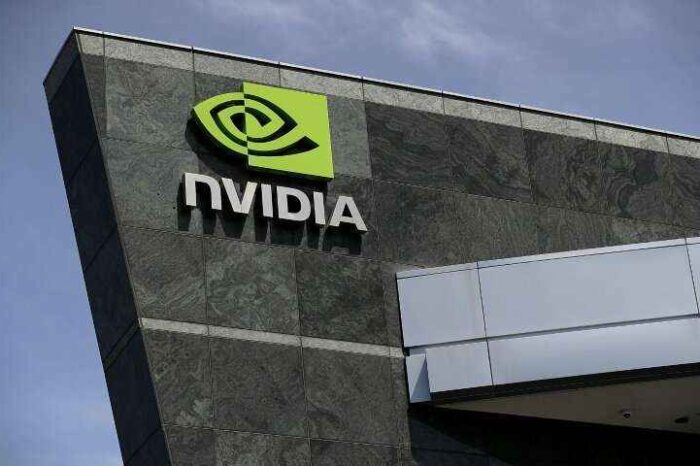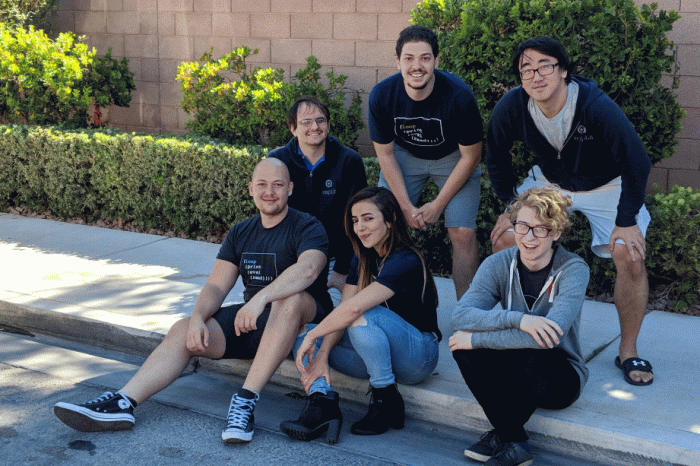Stanford spinout Clockwork raises $20.6M, launches FleetIQ to tackle AI’s GPU bottleneck and inefficiency

AI’s appetite for compute has outpaced the efficiency of the hardware powering it. Billions of dollars in GPUs sit underutilized, with clusters stalling, jobs restarting, and energy wasted. That’s the problem Clockwork is betting it can fix—and investors are lining up behind the pitch.
The Stanford spinout announced it has raised $20.6 million in total funding led by NEA, with participation from Intel CEO Lip-Bu Tan, former Cisco CEO John Chambers, venture veteran Carl Ledbetter, e& Capital, AMD, and Broadcom. A spokesperson for Clockwork confirmed the raise directly to TechStartups in an email.
The round, which values Clockwork at four times its previous raise just two years ago, arrives alongside the launch of FleetIQ, a software-driven fabric that promises to make AI infrastructure faster, more reliable, and more sustainable.
With $20.6M Funding, AI Startup Clockwork Unveils FleetIQ to Boost GPU Efficiency
FleetIQ is designed to squeeze more performance out of the GPUs enterprises already own. By improving communication between GPUs, clusters, and clouds, the software helps reduce crashes, shorten restarts, and lift utilization rates. The result, Clockwork argues, is AI infrastructure that can scale economically at a time when inefficiency is becoming the biggest risk to growth.
“AI has become the most distributed and demanding application in human history, and the next decade of AI infrastructure will belong to those who master communication between GPUs, between clusters, and clouds. Communication is the new Moore’s Law: the defining constraint to overcome for scale,” said CEO Suresh Vasudevan. “At Clockwork, we are pioneering a Software-Driven Fabric (SDF)—an intelligent abstraction layer between workloads and infrastructure—that observes, predicts, and controls in real time, dynamically aligning application requirements and fabric behavior. This is not just a technical breakthrough. It enables organizations to achieve more with the same infrastructure. FleetIQ will make AI more economically viable for the decade ahead.”
The startup’s pitch resonates in a market where inefficiency has become a billion-dollar liability. Microsoft’s $17.4 billion infrastructure deal with Nebius, a Clockwork customer, underscores that demand for compute keeps climbing even as the economics shift. Most enterprise systems hit 99% uptime, but large AI clusters fail every 26 minutes on average. That means constant interruptions and staggering amounts of wasted compute.
FleetIQ tackles that by offering microsecond-level visibility across fleets and workloads, pinpointing failures before they cascade. It also adds stateful fault tolerance, keeping jobs running when links break, and uses real-time routing to avoid congestion. Because it’s hardware-agnostic, the software works across environments from NVIDIA and AMD GPUs to custom accelerators, on InfiniBand, Ethernet, and RoCE.
The company’s roots trace back to Stanford, where cofounders Yilong Geng and Deepak Merugu, along with their PhD supervisor Professor Balaji Prabhakar, developed Global Clock Sync and Dynamic Traffic Control, the research that became the foundation for FleetIQ.
Customers like Uber are already seeing the payoff. “At Uber, we tackle real-time logistics problems where every millisecond matters—latency spikes don’t just hurt customer experience, they directly impact driver retention and revenue,” the company said. “In our tests across a hybrid, multi-cloud environment, Clockwork delivered significant coverage and accuracy improvements over networking observability. Their unique innovation can greatly help Uber expedite the detection and fault-localization of networking issues: from hours to minutes, which will greatly improve service tail latency and prevent noisy neighbor impact.”
Industry analysts say the timing couldn’t be better. “As AI infrastructure scales to tens of thousands of GPUs for training and inference, the bottleneck has shifted from compute to communication. With accelerators running in lockstep, a single link flap, congestion spike, or straggler can stall progress and crater utilization,” said Dylan Patel, CEO and Chief Analyst of SemiAnalysis.
With $20.6 million in new capital, heavyweight backers, and technology aimed squarely at AI’s efficiency crisis, Clockwork is positioning itself as a critical layer for the next decade of infrastructure.




